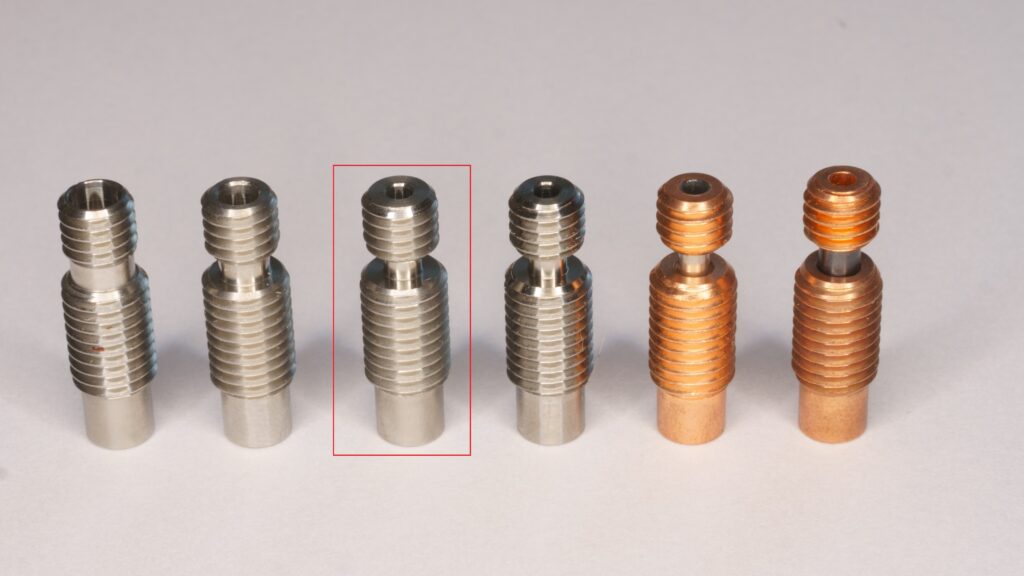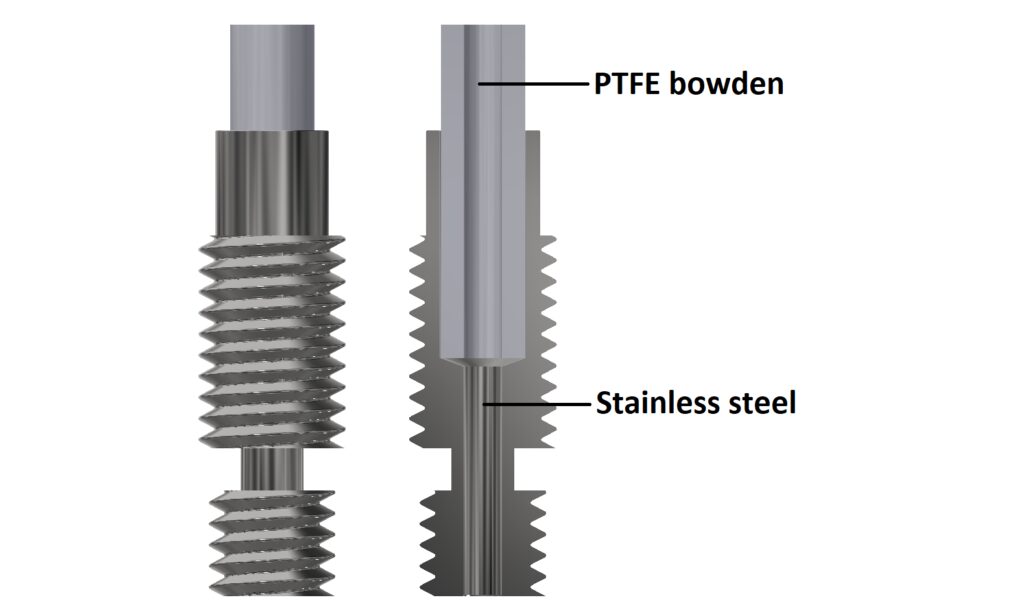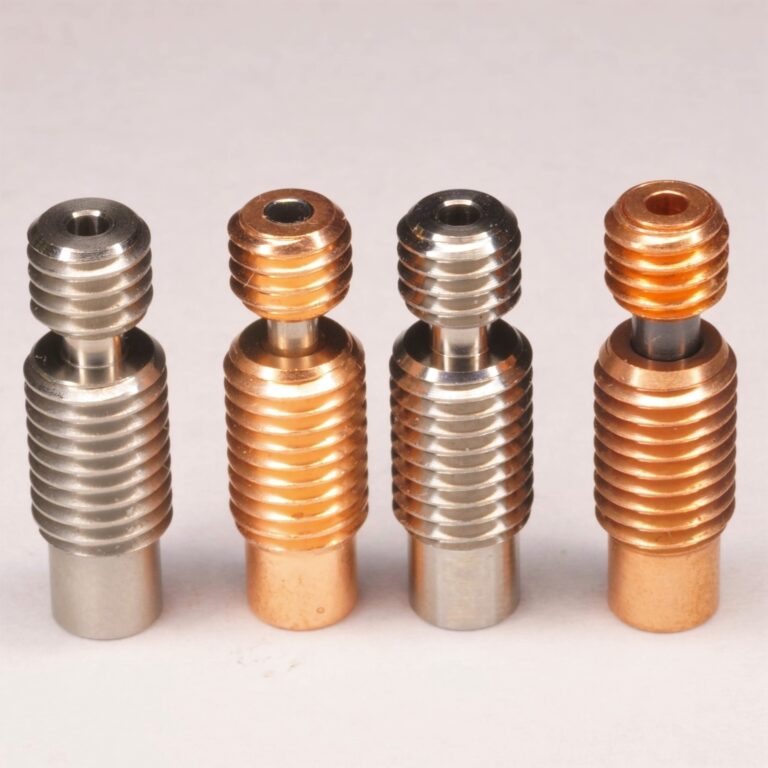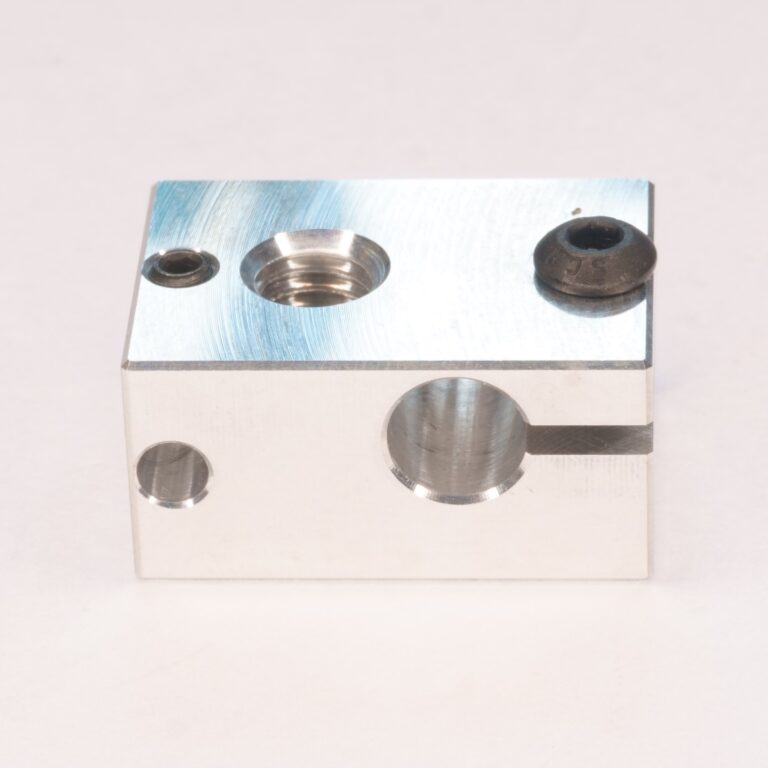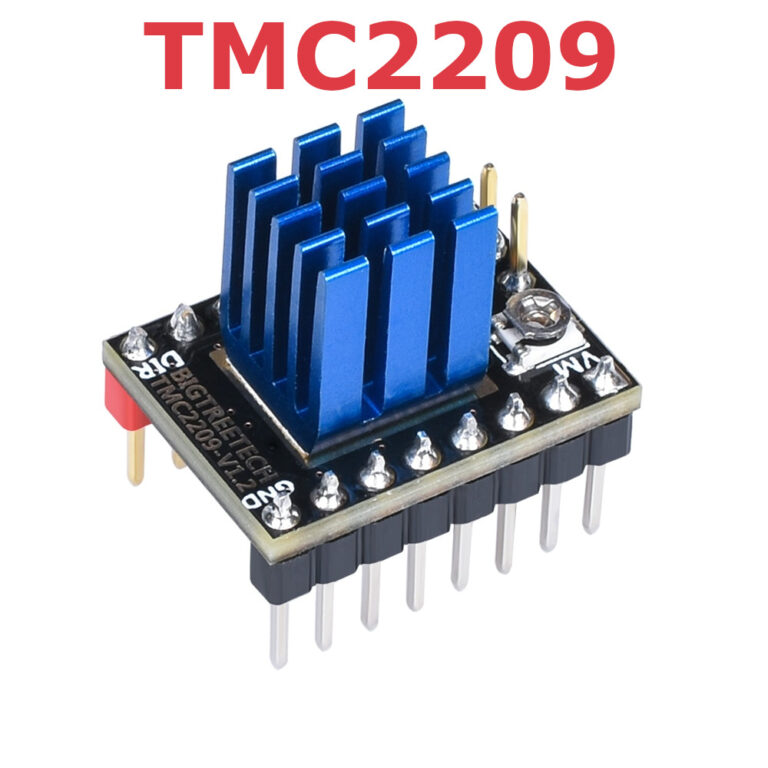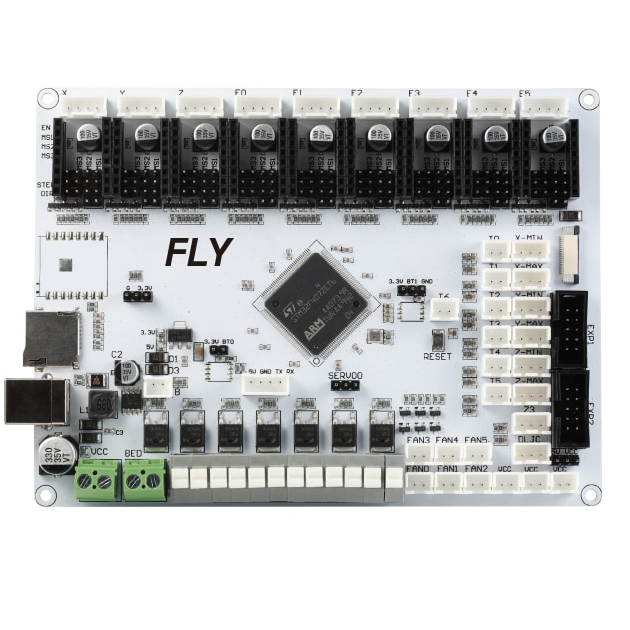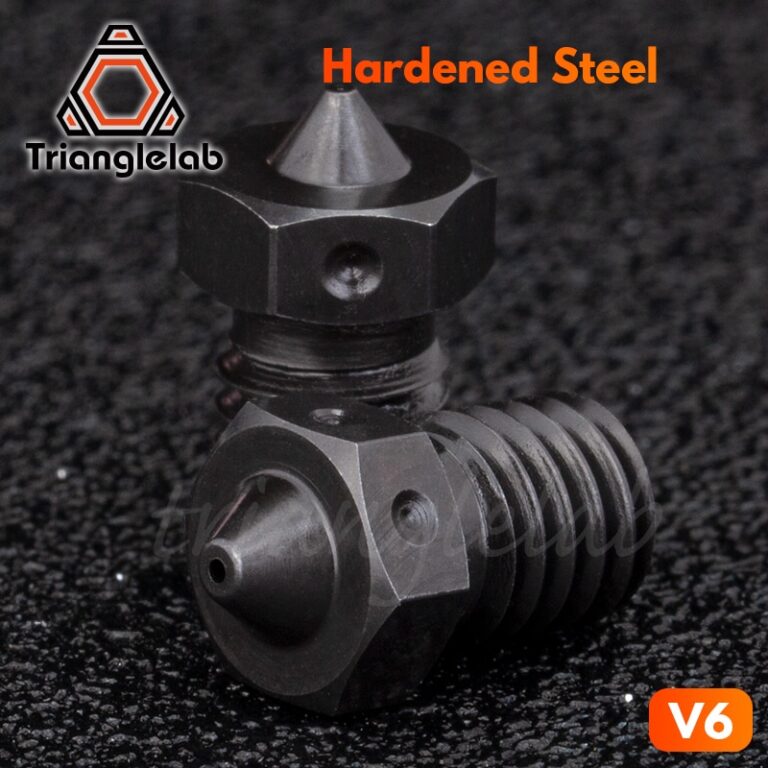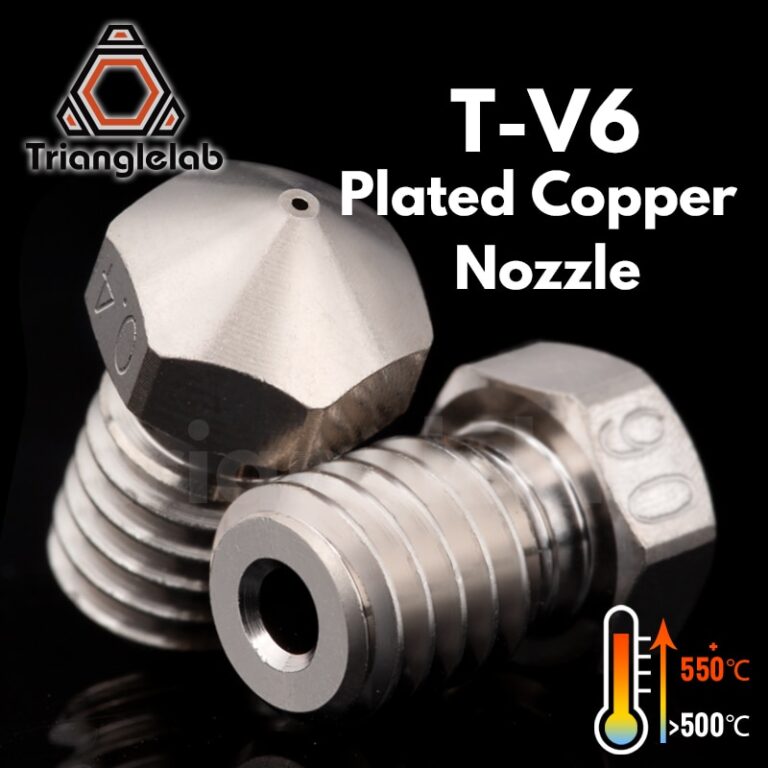V6 All metal heat break
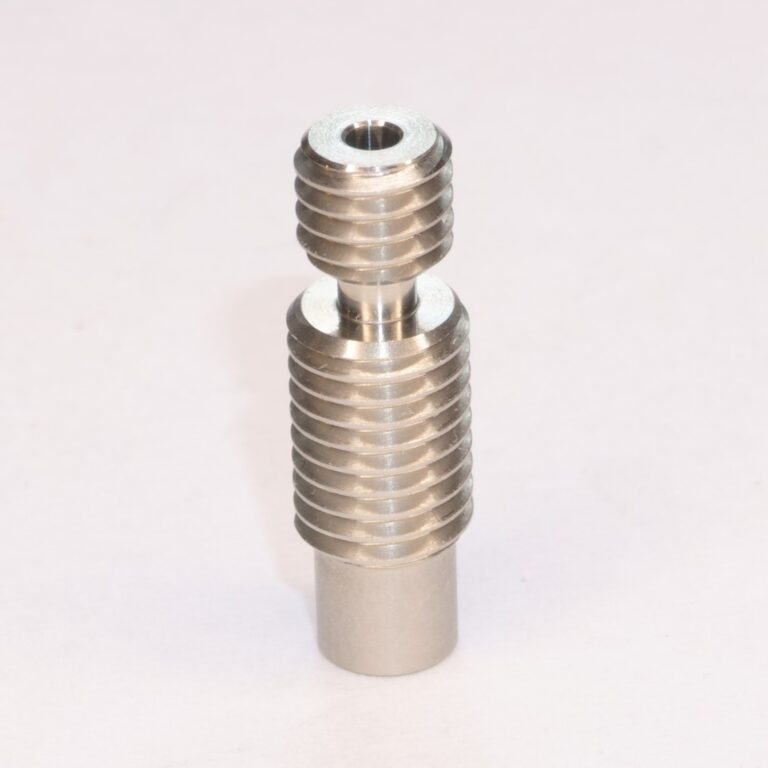
These all metal heat breaks are the cheapest option on the market. They are relatively cheap to make and their thermal conductivity is relatively high - about 45 W/m-K (Titanium - 6.7 W/m-K). I would not recommend this type of heat break for any high-end or mid-range 3D printer. These heat breaks are a very cheap option for low-end 3D printers.
3. Cross-section
This is how a cross-section of a V6 hot end with a stainless steel heat break looks like (without the heatsink).
5. Weight
It is the heaviest heat break in comparison to copper, titaninum, copper + aerospace heat breaks.
As you can see in the comparison below, the weight is:
Standard all metal heat break: 3.32 g
Titanium heat break: 1.85 g
Post Views: 1,385
